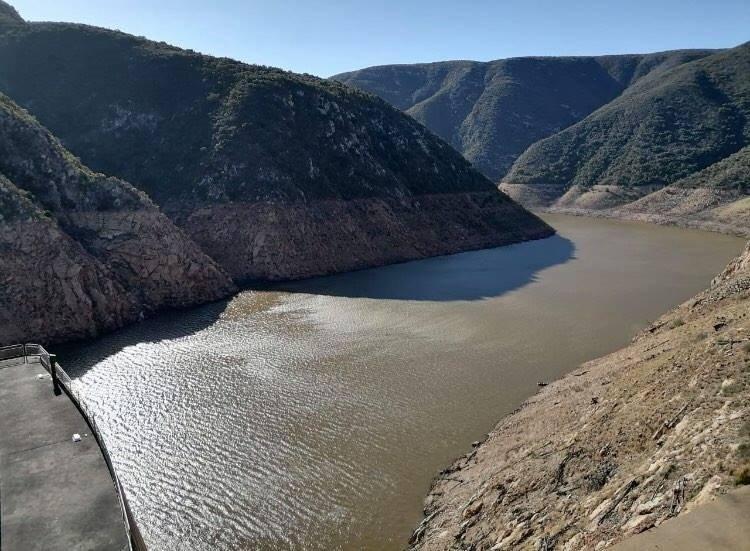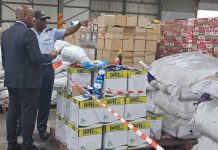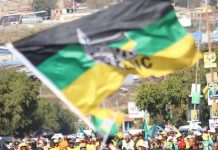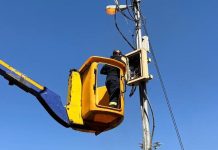Africa-Press – South-Africa. All dams supplying the drought-stricken Nelson Mandela Bay metro are at a combined capacity of 11%.
The water levels at the dams supplying mainly the towns of Gqeberha, Kariega, Despatch, and Colchester continue plummeting.
On Tuesday, the metro stressed the importance of reducing water consumption by residents and businesses.
The metro said it was a great concern that despite the dam levels remaining critically low, water consumption continued to be high.
Barry Martin, the municipality’s water and sanitation director, said the Bay’s water situation was still constrained.
READ
| Day Zero: Steenhuisen criticises Nelson Mandela Bay’s handling of water crisis
The metro had been restricted by the national Department of Water and Sanitation to use a limited amount of water.
“Those restrictions are likely to be revisited once our local dams recover to above 50% capacity,” said Martin.
He said:
No significant dam-filing rain has fallen in the bay in six years, resulting in a devastating drought.
The metro previously said that if no significant rain fell in the catchment areas, it would be faced with an unprecedented water disaster.
When the Kouga Dam dries up, the Kouga municipality outside Gqeberha will lose its primary water supply, while the KwaNobuhle township in Nelson Mandela Bay will have no water at all.
It means farmers in the Gamtoos Valley would no longer be able to water their citrus orchards, which could have a long-term catastrophic impact on the region.
The area is one of the largest exporters of citrus in the world.
Also, livestock farmers were already bearing the brunt of the devastating drought.
Many farmers had depleted their savings and faced financial ruin because they had been feeding their livestock for extended periods because there was no grazing land due the drought.
The national Department of Water and Sanitation, the Nelson Mandela Bay Chamber of Business, and humanitarian organisation Gift of the Givers joined forces to help the city stave off Day Zero by drilling boreholes and donating water tanks.
Taps of 107 suburbs in Nelson Mandela were expected to run dry early in July, but thanks to the various interventions, the dreaded Day Zero was delayed.
Nelson Mandela Bay metro spokesperson Luvuyo Bangazi said the interventions by key role-players, including the effort by national government, had pushed back Day Zero.
Bangazi said:
He said all these interventions coupled with an increased communication effort had started to shift consumption patterns slightly and had contributed to pushing back Day Zero.
For More News And Analysis About South-Africa Follow Africa-Press






